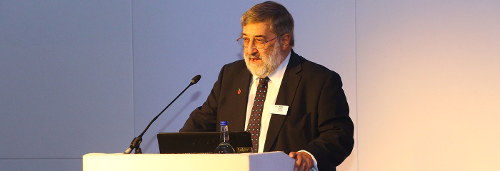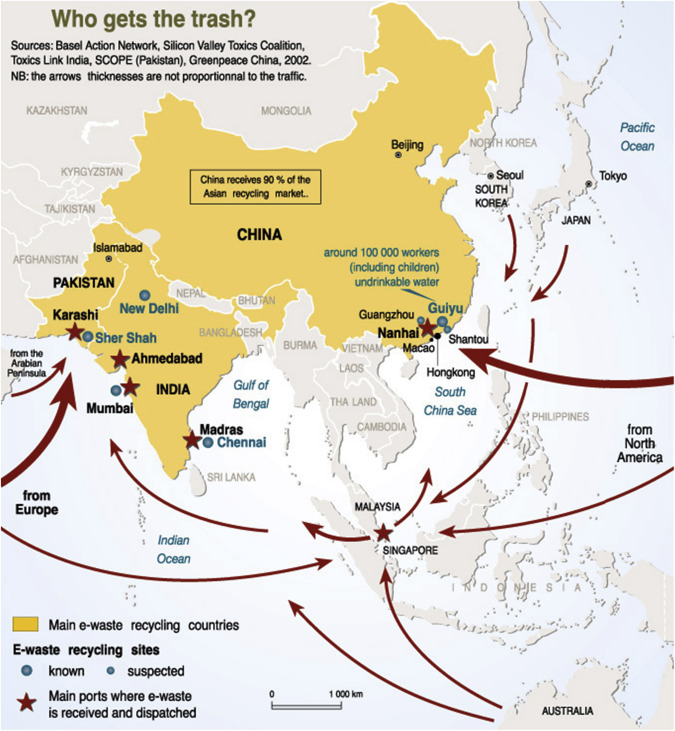Growing media (substrate) is a fundamental part of a green roof, providing water, nutrients and support to plants. However, little research has reviewed how it affects plant performances in different climatic regions. This study aims to analyse published research on green roof growing medium across world's climate zones. Findings are structured according to Köppen–Geiger climate classification, aiming to investigate the prevalence of research conducted in different climate zones. Results from full-scale studies and laboratory or greenhouse experiments were reviewed.
This article aims to contribute to current discussions about “making cities inclusive, safe, resilient, and sustainable” (SDG 11) by linking debates that are currently taking place in separate containers: debates on the “global land rush” and the “new urban agenda”. It highlights some important processes that are overlooked in these debates and advances a new, socially inclusive urbanization agenda that addresses emerging urban land grabs.


